5 Perfect Places for Milky Way Photography in Washington State
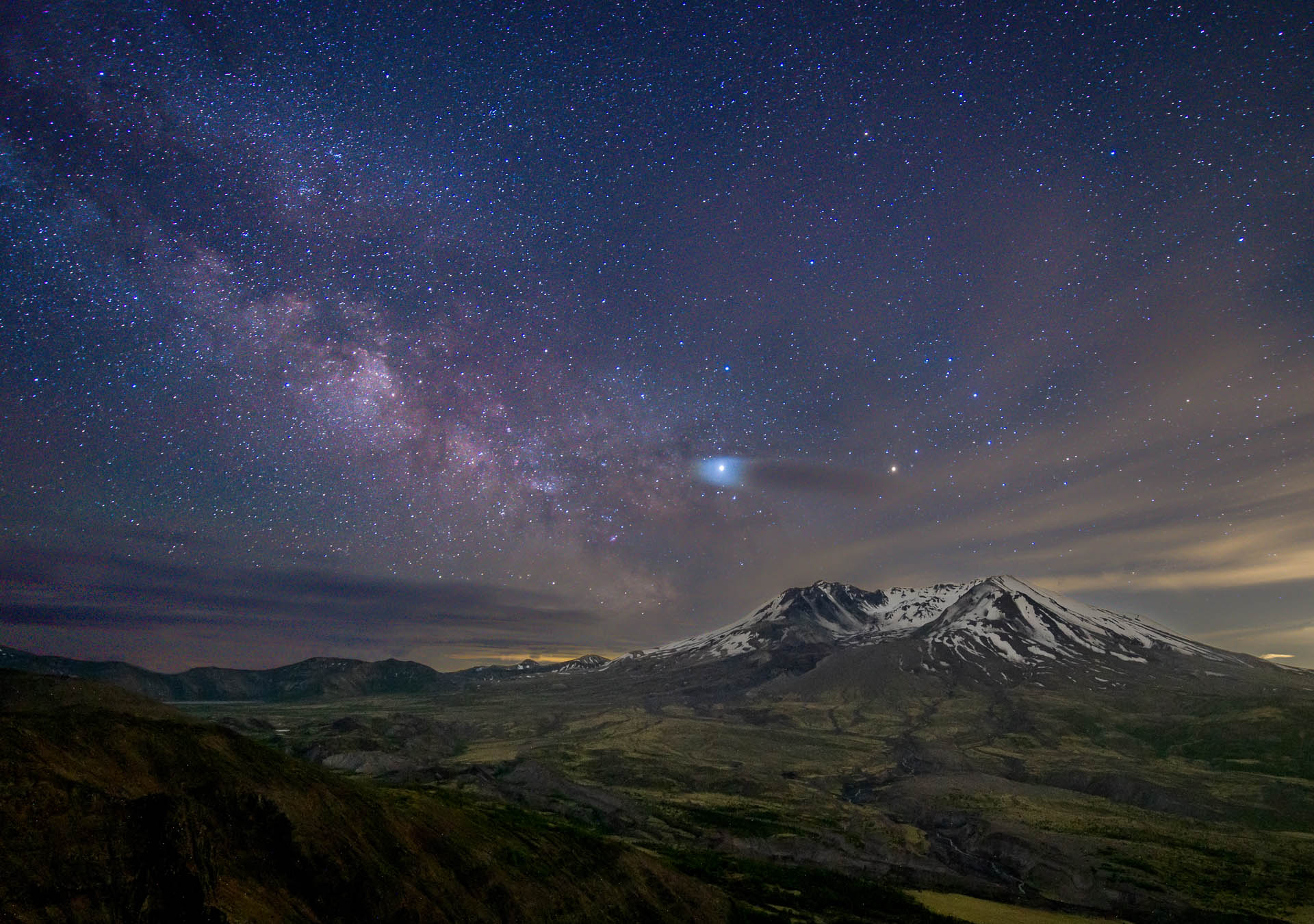
Milky Way Season is almost upon us again and while you dust off your gear and prepare, I wanted to share my 5 favorite places for milky way photography in Washington State. These milky way spots are all easy to access and find. I will leave the more ‘secret’ locations for the most devout of explorers! Anyways, these 5 places are all nearby the car (within 1-2 miles) so you can bring all your favorite gear and goodies.
Milky Way Photography Spots in Washington
My criteria for these 5 locations were:
- ease of access (easy to find at night, not too far from parking, etc)
- milky way visibility (minimal visibility, high elevation, low cloud coverage, etc)
- foreground elements (good subjects for photography, such as foreground, interesting details, etc)
Sunrise, Mount Rainier National Park
The most well known spot on my list, the Sunrise area is located inside Mount Rainier National Park and is situated on the north east part of the park. There’s a visitor center, a huge parking lot, and plenty of overlooks and clearings which makes it perfect for milky way.
It’s also at a decent elevation so you can get less haze and sharper shot of the stars.
This is one of the easier places to shoot the milky way and generally the conditions are quite good. On most nights you’ll find plenty of other aspiring astrophotographers so you will likely never be alone.
Great places to shoot can be found along the Sourdough Ridge Trail and the Silver Forest Trail. The Fremont Fire Lookout Trail is also a great spot but it’ll be a further walk back to your car.
If you’re planning a trip, check out my complete guide to visiting Mount Rainier National Park as well.
Best Time of Year: July – September
Distance from car: 1-2 miles
Washington Pass, North Cascades
A much less popular location than Mount Rainier National Park due to it’s location and distance from major population areas. However, this doesn’t make Washington Pass any less spectacular. It’s much darker here and the views are just as beautiful.
From Seattle, the drive can be almost 4 hours and the road is not opened until later in the season. But there are plenty of hikes and trails to explore in the area and it’s definitely worth the trip to enjoy the night sky.
Tip: If you go later in the year, you’ll be able to capture the Liberty Bell with beautiful fall colors (larches) under it.
Best Time of Year: July – October
Distance from car: 0 miles
Artist Point, Mount Baker National Forest
Another popular spot for astrophotography. I think after Sunrise at Mount Rainier, this may be the second most popular spot for milky way photography in Washington. There’s usually at least a small crowd here. It’s easy to access due to how well maintained the area is and there is cell service as well.
Best Time of Year: July – September
Distance from car: 1-2 miles
Mount St. Helens
One of my favorite places to work on milky way photography in Washington. Mount St. Helens National Monument offers plenty of lookout and viewpoints that are perfect for observing the night sky. Given that the area doesn’t have many trees, you have great visibility of both the mountain and the sky.
It’s also relatively quiet here during the nights and I have never really seen any crowds here.
Due to the alignment of the sky, Mount St. Helens is better early in the season when the skies get darker earlier. Later in the year the milky way will rise past the mountain and it’s harder to get a good frame.
Thinking about visiting Mount St. Helens for the milky way? Check out my guide to photographing the milky way at Mount St. Helens.
Best Time of Year: April – July
Distance from car: 0 miles
Olympic Coast, Olympic National Park
The most remote of the my 5 milky way locations in Washington. The Olympic Coast has pretty good visibility on most nights although sometimes there are some low clouds rolling in.
I would recommend doing foreground shots while there is a bit of light left as it’s difficult to get good a good exposure at night on sand since your tripod will sink. Definitely bring a chair as it beats sitting on the cold wet beach! (And it gets cold at night)
Easy to access beaches: Rialto Beach, Second Beach, and Ruby Beach.
Best Time of Year: May – August
Distance from car: 1-3 miles
Conclusion
- Sunrise, Mount Rainier National Park
- Washington Pass, North Cascades National Park
- Artist Point, Mount Baker National Forest
- Mount St. Helens National Monument
- Olympic Coast, Olympic National Park
That’s all for my top 5 Perfect Places for Milky Way Photography in Washington State! Where are your favorite spots? Did I miss any? Let me know in the comments below.
Feel free to connect with me on Instagram (@xjjon)!
Jonathan
Hey there, I’m Jon! I love landscape photography which is why I travel all the time! On my blog I’ll share all the best spots for epic sunsets and sunrises as well as some photography tips and tricks. I also have a interest in game design so you’ll find the occasional post about that too. Thanks for visiting!
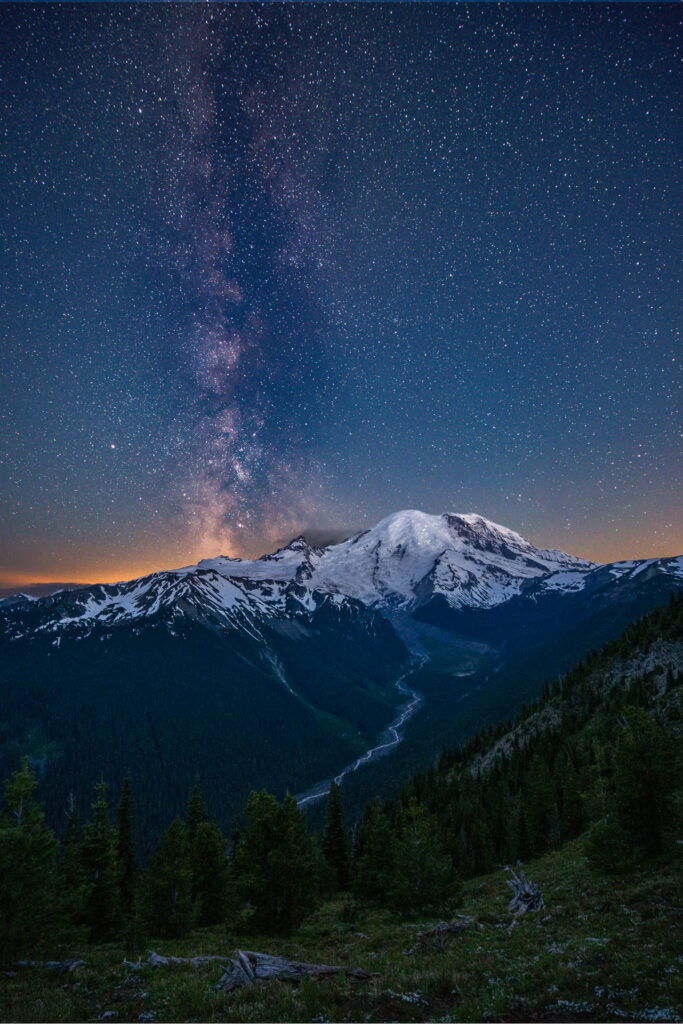
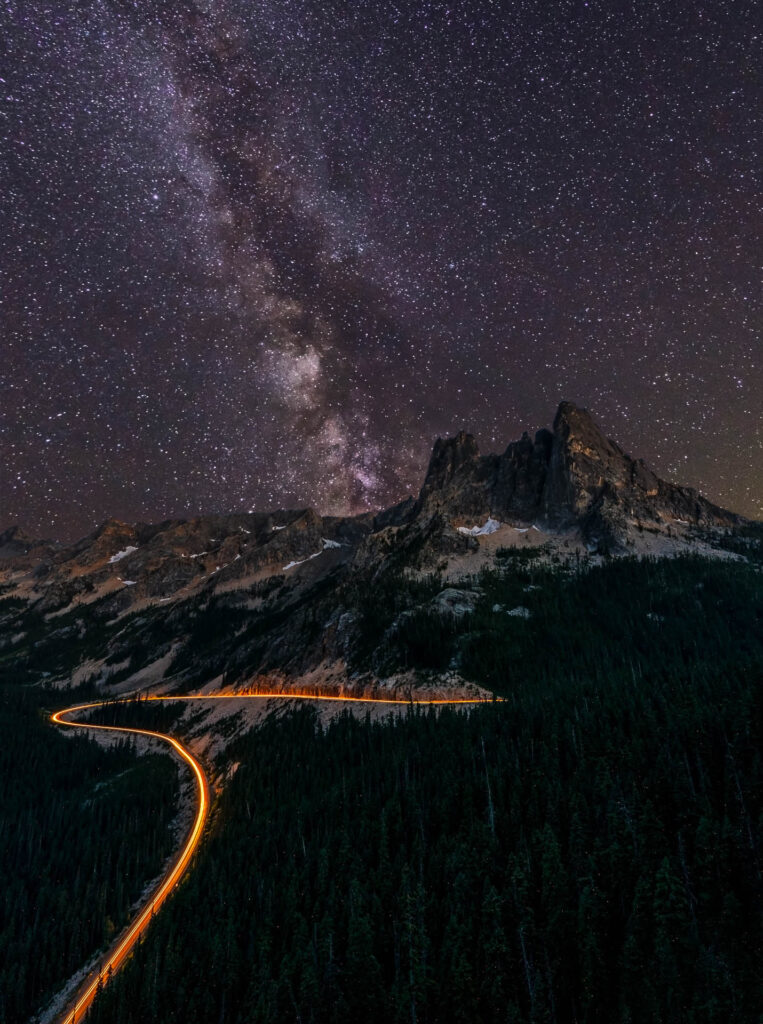

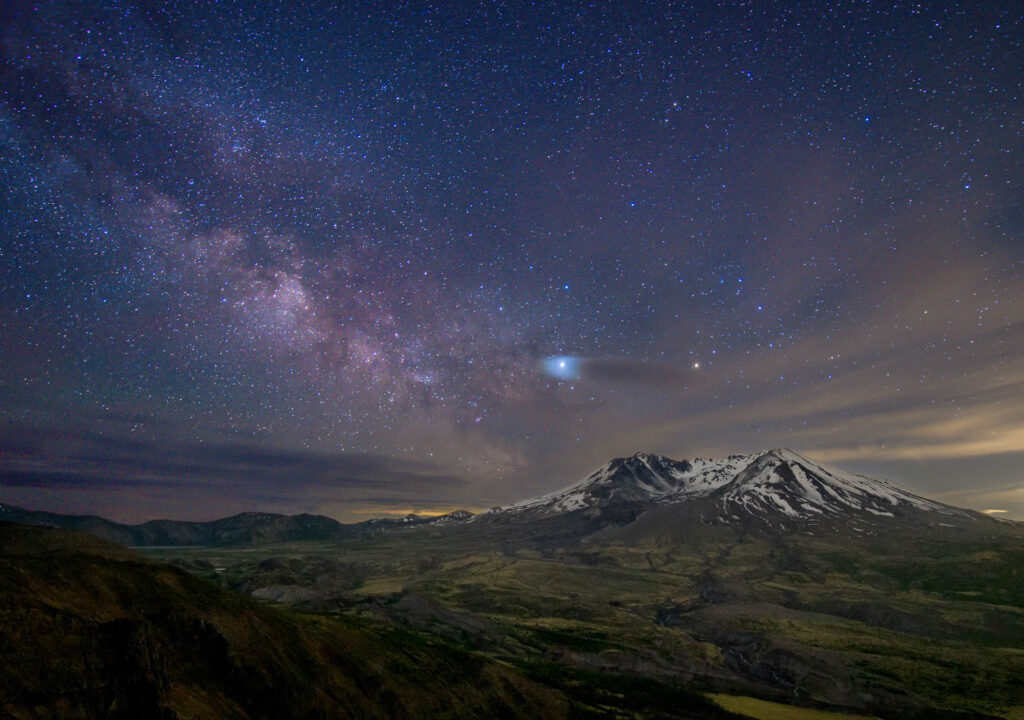

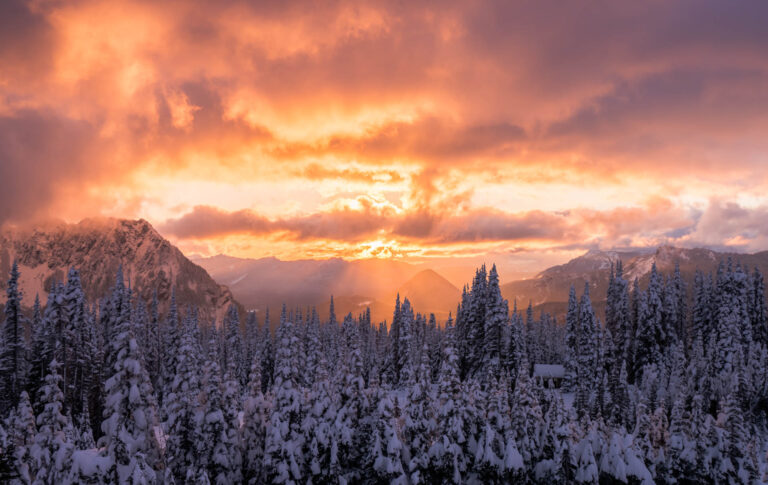
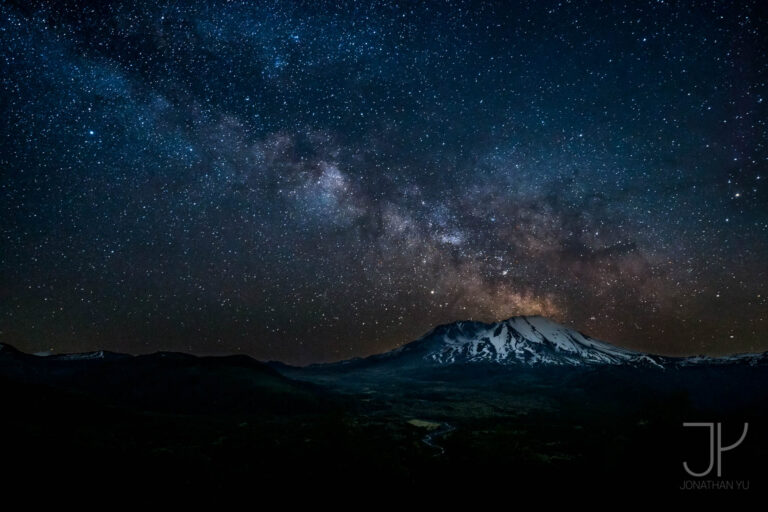
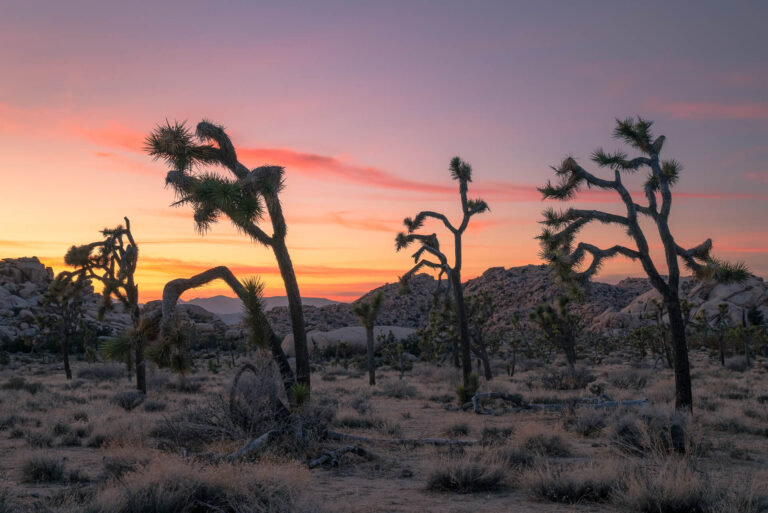
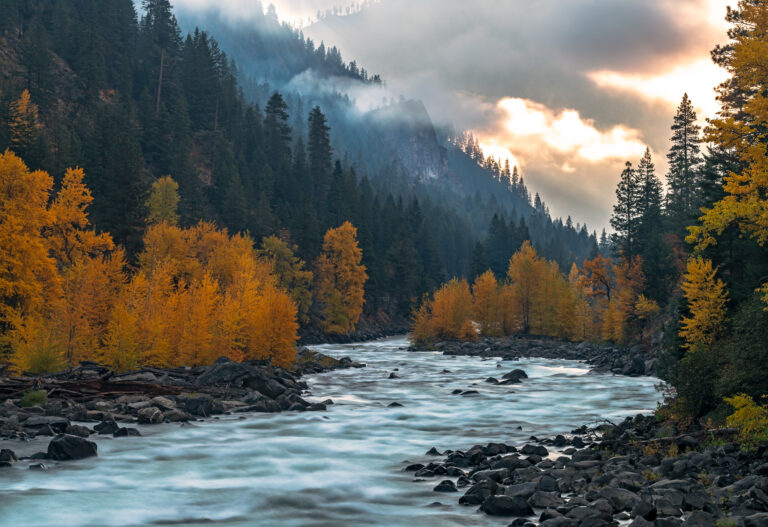
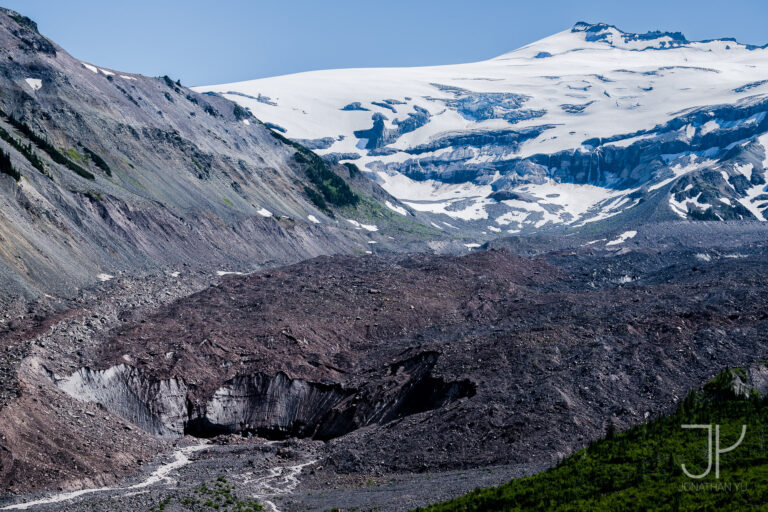
nice job!!!!!
This is awesome thank you!
Beautiful photos
awesome guide, Jonathan! Why do you list those dates for Olympic National Park coast? Is it MW alignment , weather, or other reasons?
Thanks for checking it out!
Alignment is pretty decent year round since it’s pretty easy to move around the beaches and you can get creative with the seastacks. It’s mostly for weather – outside of July/August it tends to rain a lot in Olympic NP. )
)
On most months it rains pretty every other day and some months it rains 2/3 of the time. (see:
This is great! Heading to Plympic for July’s New Moon!
The conditions for Milky Way photography are generally favorable in this area, making it a popular choice for aspiring astrophotographers. It’s worth noting that you may encounter other photographers during your visit.